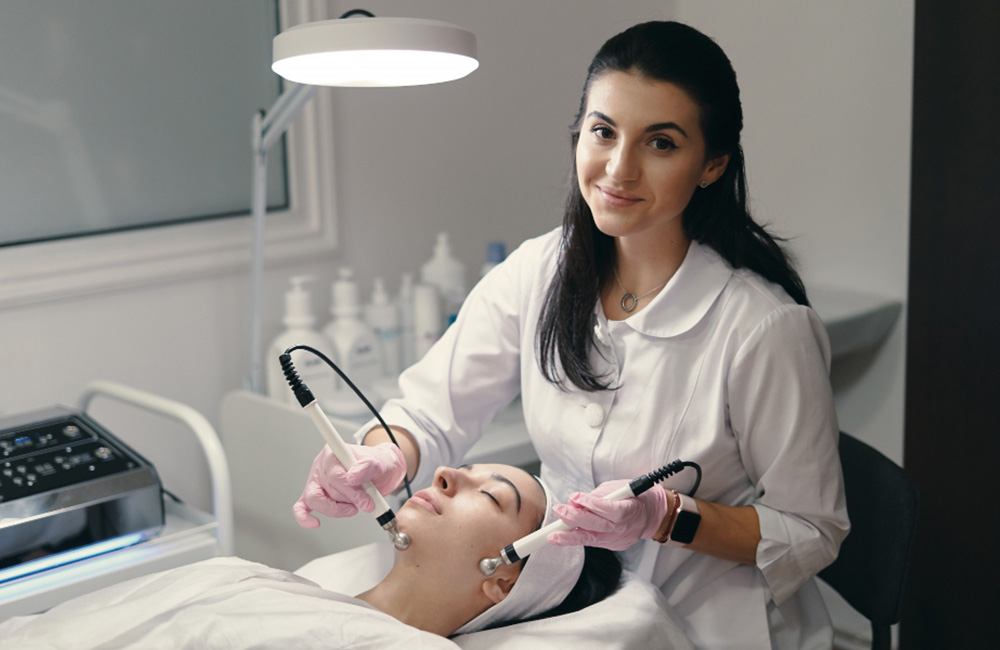Platelet-Rich Plasma (PRP) therapy has emerged as a promising treatment for a variety of cosmetic and medical conditions. Many wonder if PRP is successful for hip bursitis? Hip bursitis is identified as inflammation in the muscle near the hip. Conventional treatments like rest, physical therapy, and corticosteroid injections are effective for many, but some patients seek alternatives due to recurrent symptoms or a desire for natural healing approaches. PRP therapy offers a unique option by utilizing the body’s own healing mechanisms. But how successful is PRP for hip bursitis? Let’s explore the evidence and patient experiences.
Understanding PRP Therapy
PRP therapy involves drawing a small amount of a patient’s blood, processing it in a centrifuge to concentrate the platelets, and injecting the platelet-rich plasma into the affected area. Platelets contain growth factors and proteins that accelerate tissue repair and reduce inflammation, making PRP a regenerative treatment rather than merely a symptom-management tool.
For hip bursitis, PRP is injected directly into the inflamed tissues, aiming to stimulate healing and reduce chronic inflammation. The procedure is minimally invasive and typically performed on an outpatient basis.
The Benefits of PRP for Hip Bursitis
Let us explore some benefits of using PRP for hip bursitis:
- Reduction in Pain: Many patients report significant pain relief following PRP injections for hip bursitis. This improvement is attributed to the anti-inflammatory effects of the growth factors and their ability to repair damaged tissues. Pain reduction may take several weeks as the healing process unfolds, but the effects are often long-lasting.
- Improved Mobility: PRP not only addresses pain but also enhances joint function and mobility by reducing inflammation and promoting tissue repair. Patients often notice improvements in activities such as walking, climbing stairs, and exercising.
- Fewer Recurrences: Unlike corticosteroid injections, which only suppress inflammation temporarily, PRP aims to resolve the underlying cause of inflammation. This reduces the likelihood of recurrent flare-ups, providing a more sustainable solution for chronic hip bursitis.
Advantages of PRP Over Traditional Treatments
Why do you consider PRP treatment? Here are the reasons:
- Natural and Safe: PRP uses the patient’s own blood, minimizing the risk of adverse reactions.
- Long-Lasting Effects: By addressing the root cause of inflammation, PRP offers more durable relief than temporary solutions like steroids.
- Minimal Downtime: The procedure is quick, with minimal recovery time, allowing patients to resume daily activities shortly after.
Are There Any Side Effects?
While PRP generally has no major side effects, it may not provide immediate relief. Patients need to understand that the results may take weeks to months. Additionally, PRP’s success can vary depending on factors such as the severity of the bursitis, the patient’s overall health, and the quality of the PRP preparation. Thus, consult only a certified doctor for the treatment for the best results.
Conclusion
PRP therapy injections shows great promise as a treatment for hip bursitis, offering a natural and regenerative approach to pain relief and improved mobility. While individual results may vary, many patients experience significant benefits, making PRP an attractive option for those seeking alternatives to traditional treatments. If you’re considering PRP for hip bursitis, consult a medical professional experienced in regenerative medicine to determine if it’s the right choice for you.


